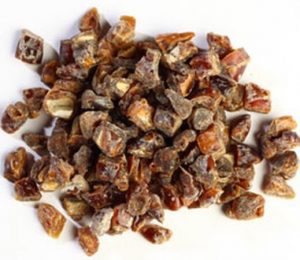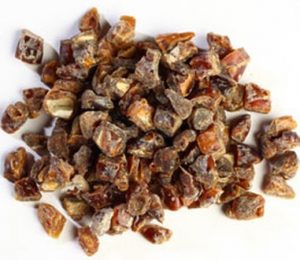The Brilliant PearloftheBay brings you the best tasting Middle Eastern Products.
Persian dates:
The fruit of Phoenix dactylifera is known as a date. Arecaceae, cultivated for its edible sweet fruit.Three main cultivar groups of date exist: soft, semi-dry, and dry. The type of fruit depends on the glucose, fructose, and sucrose content.
Iran is the largest producers of dates in the world. Its annual production is about one million tons in over 400 varieties. However, more than 15 varieties of these dates well known in international markets and are exported throughout the world.
Iranian dates are grown, harvested and processed organically without using any chemicals as fertilizer, pesticides or preservative. Five to six nutritious and delicious Iranian dates, or 1/4 cup of diced dates, equal one health food serving.
The Brilliant PearloftheBay is trying to supply all kinds of date for you in bulk and packaged based on your need. The Brilliant PearloftheBay wants to show, new products of dates mostly.
Mozafati dates or Mazafati are a variety type of fresh (soft) dates that is also famous as “Bam Dates” that is growing in this area (Bam city) of Kerman province. Mozafati dates are Medium size, softy dark brown to black color with a fine texture, fleshy and sweet, with a relatively high moisture content and is suited for fresh consumption, i.e. not dried. At a temperature of −5 degrees Celsius (23 °F) it can be kept for up to 2 years. Moreover, its taste is very delicious. The moisture of this variety of dates is 20%. In addition, the annual production of this date is more than 100,000 tons. The harvest time is in middle of August.
The Sayer Dates is the most amount of Iranian dates export. These are important items of Khuzestan province in Iran. It is unique in the world due to its sugar percentage and nutritious value. The Sayer dates are semi dryness, which promotes perceivable of the date. High level of sugar, redundant juice, easily separations of core date. These dates are dark orange-brown, of medium size, soft and syrupy.
The Piarom dates are one of the best and richest dates in the world, which just grows in Iran. This semi-dried grows in Hormozgan region. The coloring of this kind is dark brown, round size, perfect for a healthy snack. These dates are semi-dry and the moisture of it around 15%. It has a unique taste. The skin of piarom date is thin. The piarom date has a kind of sugar, which is acceptable for diabetic people.
The Zahedi Dates are dry types and in some regions as semi dry types. These dried dates grow in Fars and Khozestan regions in Iran. The coloring of this variety is yellow and light golden brown color. The Zahedi dates are very nutty flavor, very sugary, and sold as soft, medium-hard and hard. It is wonderful for a healthy snack. The moisture of this variety of dates is 14%. The harvest time is October.
The zahedi dates used for industrial purpose because of its high sugar content. It often has both direct and indirect consumptions. Zahedi dates usually packed in bulk form in 10-kg cartoons and 20-kg bags in “A” and “B” grades.
Kabkab dates as large dates, soft sweet and velvety texture and delicious taste. These are growing in Dashtestan city of Bushehr province and Fars region in Iran. Kabkab date is a very suitable dates for industrial usage. Also, it used for direct consumption. Kabkab dates are nectarous and soft with wide range of use in food industries and bakeries. The coloring of this variety is black and brown in pitted or un pitted.
Rabbi dates grow in Sistan Baluchestan Province of Iran. The Color of this type is dark black and brown. This tasty date is long shape, semi dry dates and the moisture of this variety is max 15%. It used pitted or un pitted for direct consumption and industrial purposes and the annual production of Rabbi Dates is around 5,000 tons.
Dates are divided into two major categories depending on their use table dates and processing dates. Processing of dates not only refers to its processed products but also to basic treatments given for hygienic and quality control purposes, as well as stabilization for a longer shelf life. These basic and essential steps include fumigation, cleaning or washing, drying, sorting and grading, and packaging. There are unique parameters that affect this fruit’s quality during processing; such intrinsic parameters include moisture, sugars, enzymes, fibers, volatiles, minerals, phenolics, and antioxidant activity.

